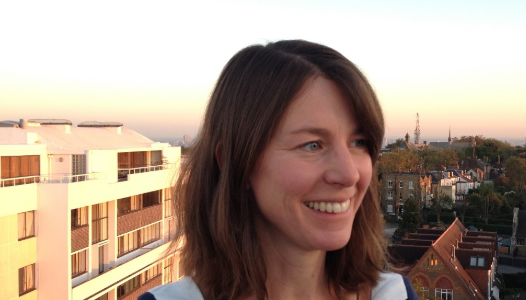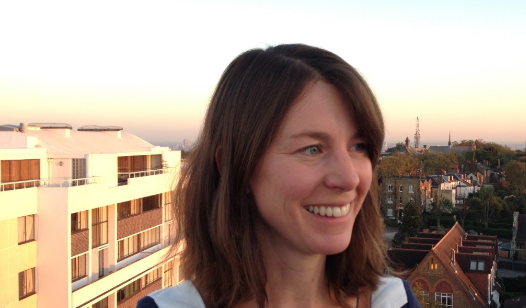
Trailblazers that radiate hope and ambition


Caroline Maclean, gives us a spellbinding portrait of the Hampstead Modernists, explaining the lives, loves, rivalries and ambitions of a group of artists at the hear of an international avant-garage. In 1930s London, Caroline Maclean’s riveting group of the biography of artists, architects, and writers, flourishing to prove a pivotal moment of British modernism.
Sculptors Yorkshire born Barbara Hepworth were friends and rivals from art school and painter Ben Nicholson a more recent acquaintance, though both married with small children, Hepworth and Nicholson in Happisburgh without their partners, had, within a week, fallen in love after embarking on a love affair. Hepworth’s husband moved out of their home in Hampstead, north London, and Nicholson took a studio to be near her.
Caroline Maclean captures the dazzling circles drawn into Hepworth and Nicholson’s wake, including sculpture Henry Moore, Paul Nash, Herbert Read, and famed emigres Walter Gropius found of Bauhaus and Piet Mondrian.
Taking a narrow radius of the streets around Hampstead and Belsize Park as her focus, Maclean charts the rise of architect-designed communal living, the growth of modernism, the clash of surrealism, and the overlapping of friendships, business and professional alliances, and love affairs, a few years before the second world war.
Barbara and Ben had dug a trench at number 3 Mall Studios ( a terrace of eight Victorian cottages in Belsize Park and they told Mondrian to use it during air raids. As they drove away, “the last person we saw was Piet Mondrian in the Street”.
Months later Mondrian wrote to them: “in this imperfect world we -imperfect too- must find our life by work, and we have a great privilege that our work is a nice and good work”.
The Influential art critic and poet Hebert Read also lived in the Mall Studios, In contrast, the nearby Isokon building- also known as the Lawn Road Flats – was a sleek ocean liner of 21 communal apartments in white, completed in 1934 by architect Wells Coates and engineer Jack Pritchard and project managed by Jack’s wife Molly with whom Coates would later have an affair.
Hepworth was often the only woman artist exhibiting in an otherwise all-male art show, and often her name was omitted from the Circle manifesto for abstract modernism that she, Nicholson, Gabo, and others published in 1936.
Hepworth literally carved out an international reputation as a sculptor, too often the domestic tasks fell to her.
No one had much money unless it was through inherited or married wealth, which varied indifferently.
They earned via teaching, commissions, group shows, and the interest in private collectors.
Bombed out of London in late 1940, Henry Moore was able to buy a 17th-century house at Perry Green in Hertfordshire by selling “an Elmwood so sculpture to the surrealist Gordon Onslow Ford for £300.
War changed “ London’s moment as the centre of international modernism had passed”, Maclean comments those who disappeared were, never to reassemble. Hepworth found the wild landscape of Cornwall as inspiring to her work as that of her native Yorkshire and would stay on in St Ives for the rest of her life.
She and Nicholson parted in 1949, “ an understanding of the true relationship between architecture, painting, and sculpture.”
Circles and Squares: The Lives and Art of the Hampstead Modernists by Caroline Maclean, Bloomsbury £30, 120 pages
